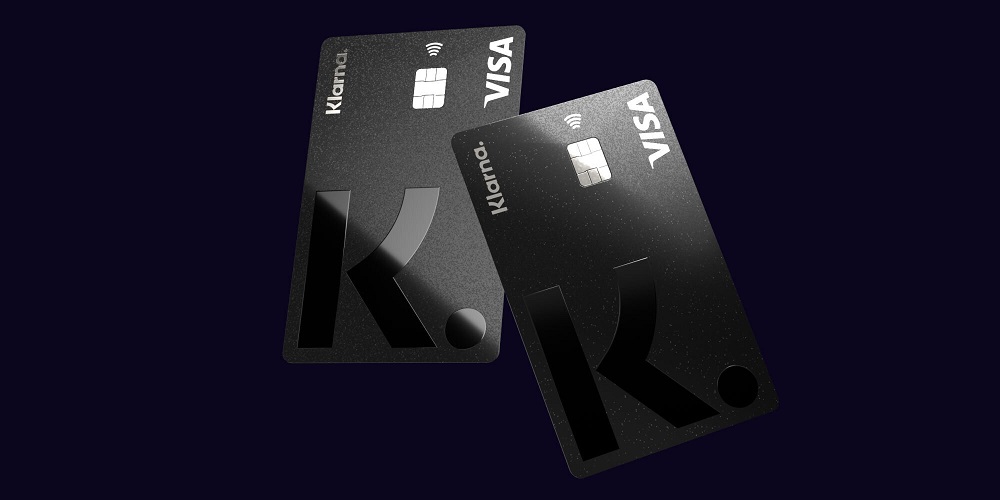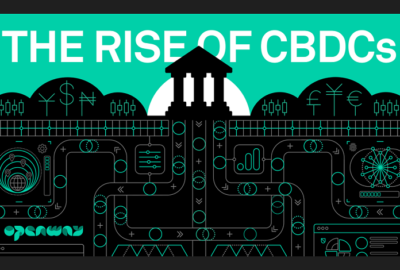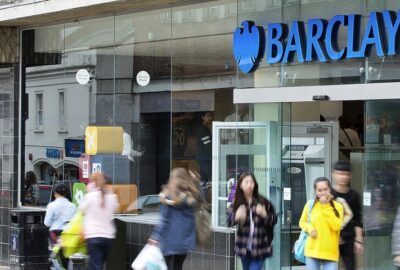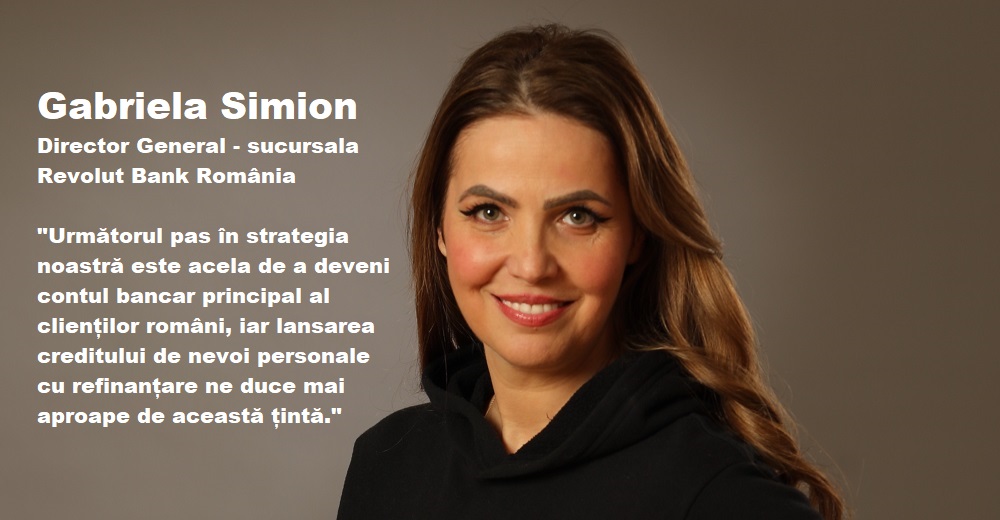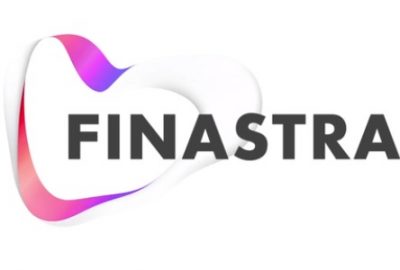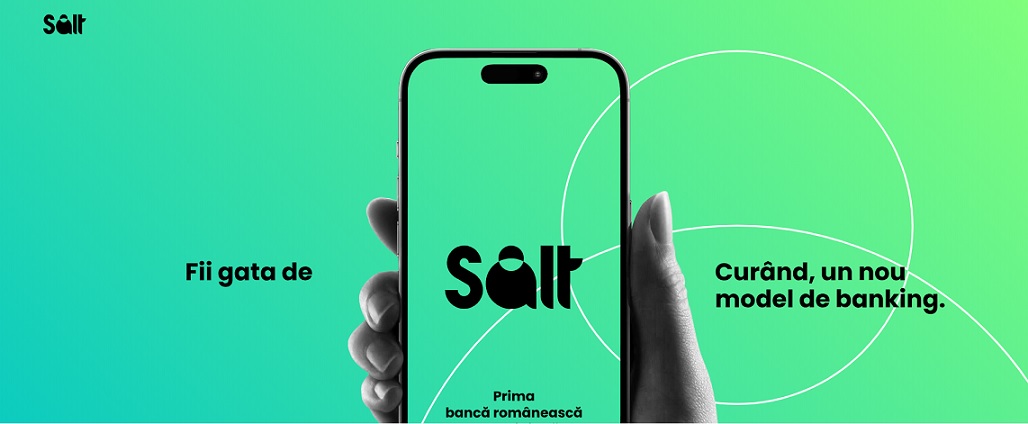Leading global transaction banks kick off blockchain proof of concept with SWIFT

SWIFT’s proof of concept will determine if distributed ledger technology can help banks reconcile their nostro accounts in real time.
Interbank messaging network Swift has rounded up an initial group of six leading correspondent banks to participate in proof-of-concept (PoC) trials to determine if distributed ledger technology could help banks reconcile their nostro databases in real time. The exploratory research effort forms part of Swift’s global payments innovation (gpi) initiative, which is seeking to develop improved standards for correspondent banking.
ANZ, BNP Paribas, BNY Mellon, DBS Bank, RBC, and Wells Fargo have committed to working with Swift to identify the challenges surrounding the deployment of distributed ledgers, define the specifications, build the application and ultimately test the concept. An additional 20 banks will join the programme at a later stage to further validate and test the DLT concept.
Under the current correspondent banking model, banks need to monitor the funds in their overseas accounts via debit and credit updates and end-of-day statements. The maintenance and operational work involved represents a significant portion of the cost of making cross-border payments.
Wim Raymaekers, head of banking markets and Swift gpi, says: “The nostro DLT proof of concept allows us to explore how this maturing technology can provide a collaborative solution to what our gpi member banks have identified as a significant pain point – nostro accounts reconciliation.”
Utilising the recently released Hyperledger Fabric v1 technology, the PoC application will use a private permissioned blockchain in which user privileges and data access will be strictly governed, says Raymaekers. The data stored on the ledger and the APIs used to query and update it will also be designed to support ISO 20022 message formats.
Banks backing the project are optimistic about the potential outcomes.
Christopher Mager, head of global innovation for BNY Mellon Treasury Services, says: “Distributed Ledger Technology holds the potential to dramatically reduce the need for reconciliation in a shared ledger environment.”
ANZ transformation project manager Nigel Dobson, adds: „We see this as the next logical step to scaling a DLT solution for nostro reconciliation, which in turn will bring significant fulfilment benefits to our customers at the same time as simplifying our operational processes. We also hope to realise additional benefits for wholesale liquidity management with the aim of lowering costs and better managing risk across the Swift community. We remain very optimistic for the future of secure and scalable DLT technologies and their ability to drive value for both banks and their customers.”
Source: SWIFT
Anders Olofsson – former Head of Payments Finastra
Banking 4.0 – „how was the experience for you”
„So many people are coming here to Bucharest, people that I see and interact on linkedin and now I get the change to meet them in person. It was like being to the Football World Cup but this was the World Cup on linkedin in payments and open banking.”
Many more interesting quotes in the video below:


